Treat Your Garden Safely With These 12 Organic Homemade Remedies
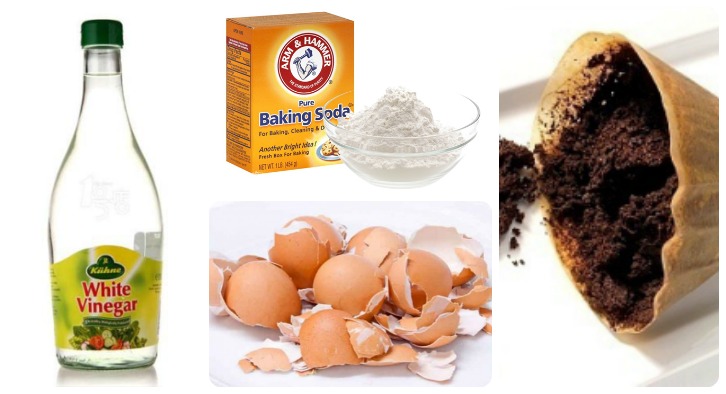
Veggie gardens need special care. Vegetable plants are prone to all sorts of disease and fungus. They are highly sought after by pests both big and teeny teeny tiny. A slight negative change in their environment can cause them to stop producing. And we aren’t happy when our veggie garden is just limping along…we want it to thrive!
We also expect our vegetables to be nutritious and safe to eat; and as if that’s not enough, we demand our gardens be harmonious, attractive and a boon to their environment.
This is a lot to ask of our humble garden, but it can be accomplished! Generations of our ancestors have done it, and they’ve done it with less. Maybe we should follow their lead…
You can do it with less by using homemade natural remedies to treat pests and disease. With readily available ingredients, fertilizers too can be mixed up right in your kitchen and stored easily (and attractively) for whenever you need them. They are green, economical and best of all, successful.
1. Organic Oil Soap Pesticide Spray

- 1 tsp liquid castile soap or natural dishwashing liquid
- 2 tsp vegetable oil
Add oil and soap to a spray bottle and fill with water. Shake well before each use. Spray the oil soap directly on unwanted pests. The spray smothers them so they need to be as coated as possible.
You can add garlic to your oil soap spray which will help deter pests as well as smother theml. Soak 12 cloves of chopped/crushed garlic in vegetable oil for 24 hours. Strain and add in place of regular vegetable oil in recipe. Hint: Planting garlic and onion in your garden repels pests as well.
2. Pepper Plant Epsom Salt Spray
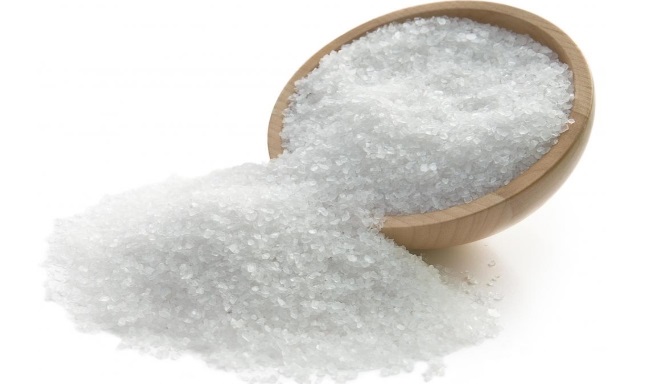
Dissolve 2 tablespoons of epsom salts in a spray bottle of warm water. Shake well before using. Spray conservatively on pepper plants once flowers start to form and as long as the plant is fruiting. The magnesium in the epsom salt help the pepper hold on to its fruit as it grows.
3. Vinegar Weed Spray

Spray undiluted household white vinegar directly and liberally on weeds. The vinegar will kill the leaves of the plant, but not always the roots, so you may need to reapply. Do not spray on any plant you don’t want to damage. You can add a tsp of liquid castile soap or natural dishwashing liquid to help the spray stick to the foliage.
4. Large Pest Deterring Hair Sprinkle

You can use hair from your hair brush or leftovers from a hair salon. The human scent on the hair will repel possums, raccoons, cats and rabbits. And as the hair breaks down, it becomes a nutritious compost for the soil.
5. Seaweed Fertilizer Spray

This is our favorite vegetable fertilizer. It’s super economical, easy to make, organic and really effective. I use a prepared dried seaweed called Sea Magic but you can dry your own too. Simply add the 1 oz. packet of Sea Magic powder to a 1-gallon container and fill with warm water. Shake it up well and this is your concentrate. Then add 3 tablespoons of the concentrate to another 1-gallon container and fill with water. This is the direct-use fertilizer. You can use it as a foliar spray or as a root soak.
Hint: Never spray anything on your plants during the hottest part of the day. Even water left on leaves can burn your plants on a hot, bright afternoon. Water and treat your plants either in the evening, or better yet, in the early morning.
6. Baking Soda Fungicide Spray
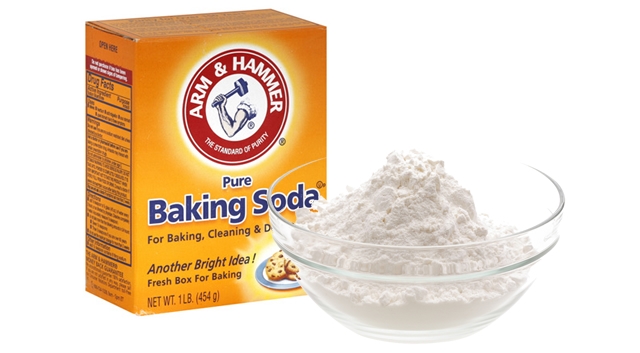
Baking soda has lots of uses in the garden. Flour and baking soda mixed together can be sprinkled around the garden and on affected plants to deter cabbage worms and aphids. Baking soda can also be used to avoid fungus. It will not cure a current fungus problem, but it can prevent the spread. The same can be said of all natural fungicidal sprays. Here’s a make-at-home recipe.
- 1 gallon of water
- 1 tablespoon of baking soda
- 1 tablespoon of vegetable oil
- 1 tablespoon of liquid castile soap or natural dishwashing liquid
Spray lightly on foliage of plants afflicted with fungus or mildew. Avoid over-using or pouring on the soil.
7. Egg Shell Fertilizer

Never throw an egg shell away. They are high in potassium and calcium. In fact, egg shells are 93% calcium carbonate, the same ingredient as lime, a super beneficial soil amendment.
You can rinse the shells, dry them, and turn them into a powder in a blender. Add the powder of up to a dozen eggs to a spray bottle of water or to another upcoming fertilizer tea recipe. You can also add crushed egg shells directly to the garden bed.
8. Coffee Ground Fertilizer
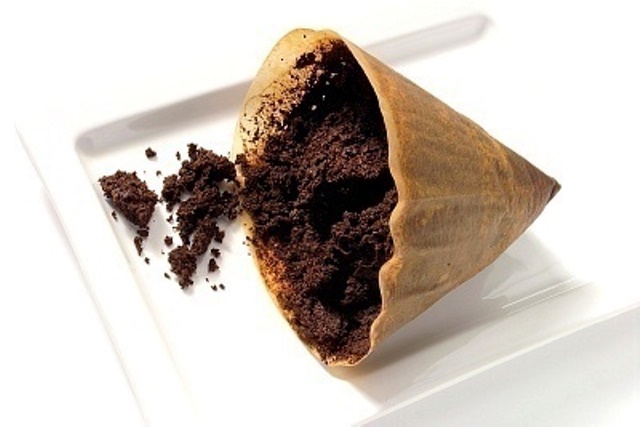
Acid loving plants such as tomatoes, blueberries, roses and azaleas love spent coffee grounds. You can mix the grounds into the soil or simply sprinkle on top. If using as a soil drench, soak 6 cups of coffee grounds in a 5 gallon bucket of water. Let it sit for 2-3 days and then saturate the soil around your plants.
9. Banana Peel Fertilizer/Pesticide

Plants love potassium. Add one or two peels in the hole before planting or bury peels under mulch so they can compost naturally. Rotting banana peels are actually rumored to repel aphids as well.
10. Molasses Fertilizer
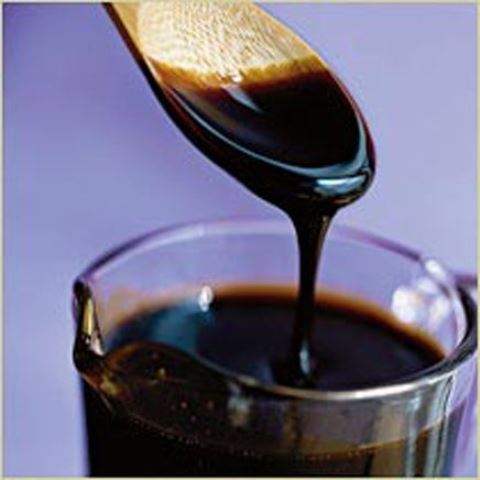
Use in place of oil in any of the spray recipes here. I make a molasses fertilizer for my potatoes by mixing 5 gallons of water with a cup of molasses. I let it cure for 24 hours, stirring occasionally and then add it to the potato plants 3-4 times during the growing period. Using molasses in compost tea increases microbes and the beneficial bacteria that microbes feed on. Here’s your ultimate compost/molasses/seaweed fertilizer recipe. Add these ingredients to a gallon of water.
- 1 cup compost tea (or liquid humate, found in hydroponic stores)
- 1 ounce liquid molasses
- 1 ounce apple cider vinegar
- 1 ounce liquid seaweed fertilizer (recipe above)
11. Cornmeal Fungicide/Fertilizer

Cornmeal contains lots of phosphorus and nitrogen and acts as an effective fungicide. Add a cup of cornmeal to 5 gallons of water. Let it soak for several hours, then strain the liquid so you can add it to a spray bottle. Spray the leaves of plants that are susceptible to fungus. You can combine this cornmeal tea with other teas for even more benefits.
12. Weed/Herb Tea Fertilizer

For lots of reasons you should grow some beneficial companion flowers in your garden. You can harvest them, chop them up and sprinkle them around your vegetables to repel insects. You can also make them into fertilizer teas. And here’s the real mind blower: you can even harvest your WEEDS and make them into a weed tea fertilizer. Those weeds are out there soaking up the minerals from your soil – you might as well use them.
You can use fresh or dried weeds of any kind. I also use same recipe to make a comfrey tea. Pull up your weeds and/or harvest some comfrey, then make this concentrate.
“Sun tea” directions: For every big handful of weeds/herbs add 2 or 3 cups of water in a glass jar and set out into the sun for a day or two. Strain. Stove top directions: Bring the weeds/herbs and water to a quick boil. Remove from heat and cover. Allow to soak for a few hours, then strain.
Dilute one part of weed/herb tea concentrate to four parts of water to make your fertilizer. If using as a foliar spray, add 1/4 teaspoon liquid castile soap or natural dishwashing liquid to help it stick. If you are using as a root soak, you do not need the soap.
Comfrey tea makes a powerful liquid organic fertilizer. The roots run very deep and pull up minerals that other plants cannot reach. It is particularly rich in potassium.

Comments are closed.